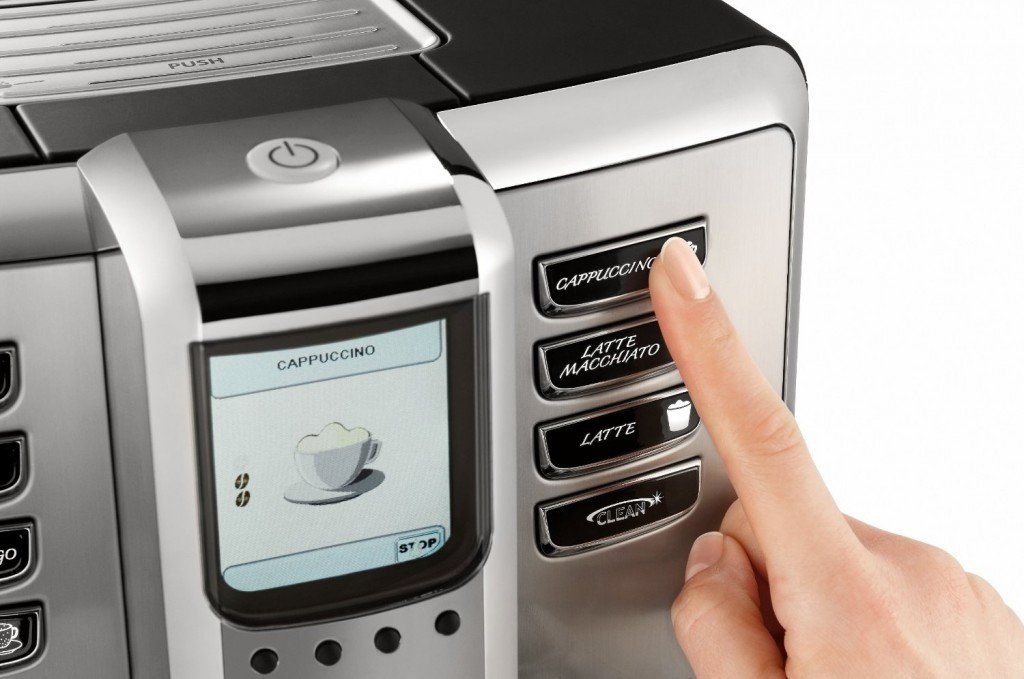There’s coffee – and then there’s coffee. We’ve all tasted watered down, horrible coffee before. The avid coffee drinker will know that they need a good coffee maker to make the best cup of coffee possible. There’s a lot of things people can skimp on, but if you like great coffee, a good brewer is a wise investment.
What is a Good Coffee Maker?
This is a very tricky question. Some people love French press coffee. Others will use a Moka pot, and others, a percolator. All of these coffee making methods work a little differently, which leads to a slightly different taste.
There are a lot of reasons why a good coffee maker won’t be found in the $5 aisle:
- Durability: Manual and automatic coffee makers can break or rust. Good models will last long, sometimes decades, without needing to be replaced. The same thing cannot be said about budget models.
- Taste: The taste of the coffee is of the utmost importance. It’s the main reason someone will buy one coffee maker over another – when the features are similar. If the coffee maker gets too hot, it will produce a burnt taste due to the heat degrading the taste of the coffee grinds. Good coffee makers will not have this problem.
- Flexibility: Sometimes, you will want Turkish coffee or espresso instead of regular coffee. A good model will allow you some form of flexibility in the type of coffee produced, so you have more options to choose from.
There’s also other features and considerations that will make one model better than another. A good model will include:
- The right amount of cups produced. This is a big issue, especially with espresso makers. If you have a lot of coffee drinkers in your home, you’ll want a model that can accommodate this. Otherwise, you’ll need to make several pots of coffee for all drinkers.
- Some include grinders. Some high-end models will include a coffee grinder built-in. This allows you to enjoy a truly fresh cup of coffee. You’ll also eliminate the need for a separate grinder, which is a nice added bonus.
- This is not included in all models or a necessity, but it’s a nice added bonus. When timers are included, you can make sure that coffee is ready and waiting for you when you need it most.
Good models also come from brands you can trust. This means that if your machine breaks, you’ll be able to find replacement parts, or if there is a warranty, have it repaired for free. This is something that is especially important, particularly when a model is expensive. Always do a little research into the brand of coffee maker you choose before purchasing. This will allow you to see how customer service treats their consumers.
If your model does break within the warranty period, you’ll want to know that there is some recourse available.
Not only is investing in a good coffee maker a smart choice, it’s the only choice for an avid coffee drinker that wants the best tasting coffee.









